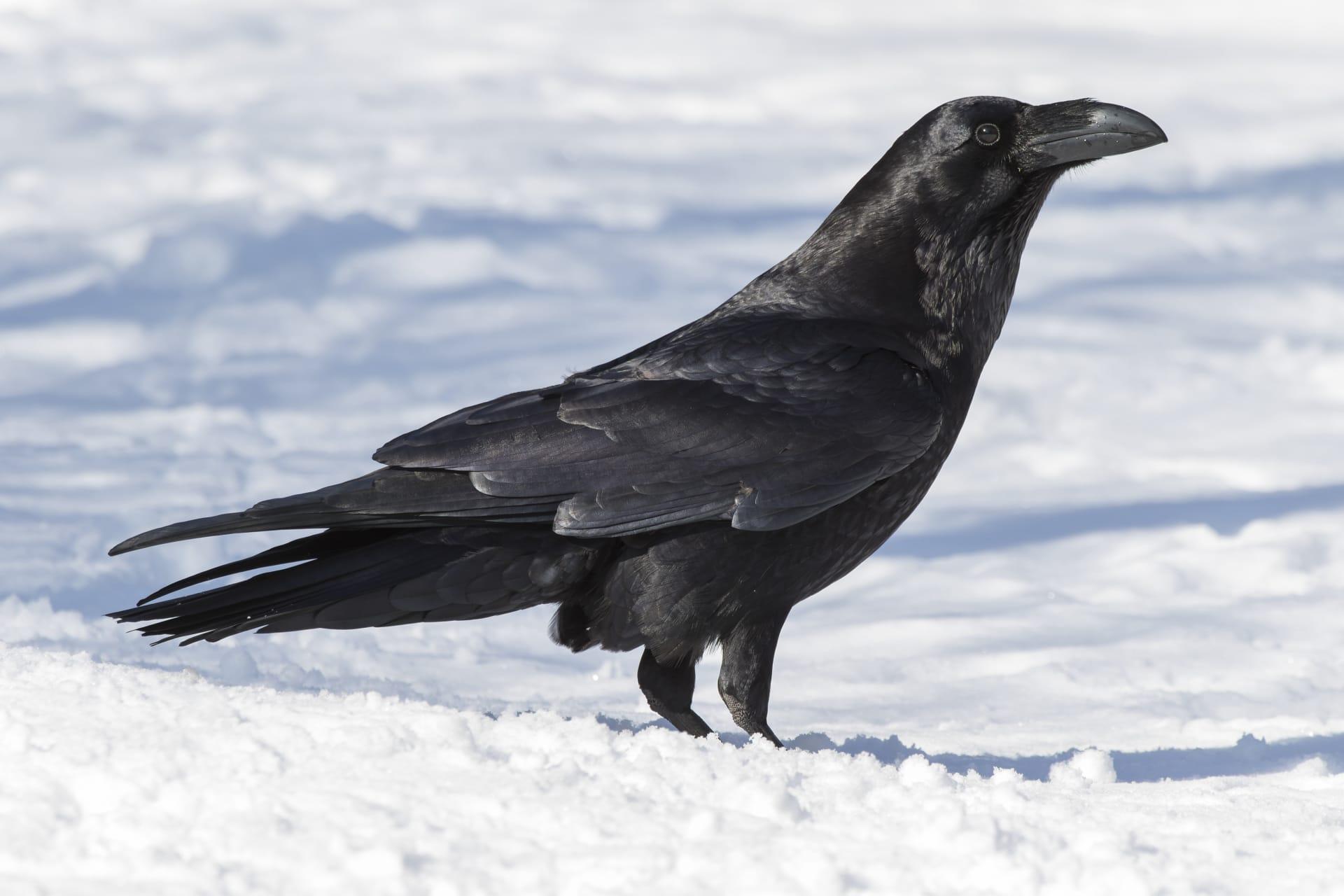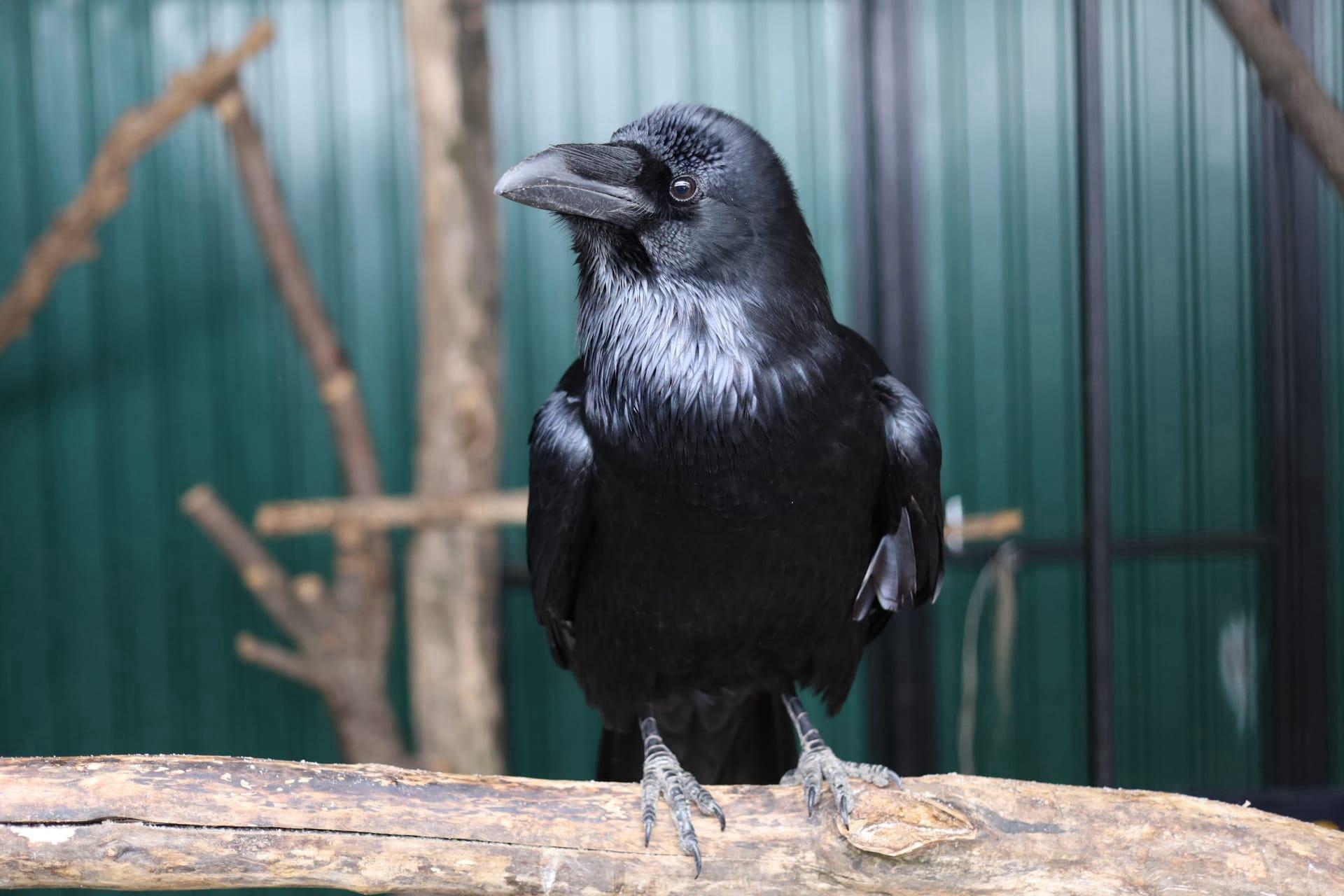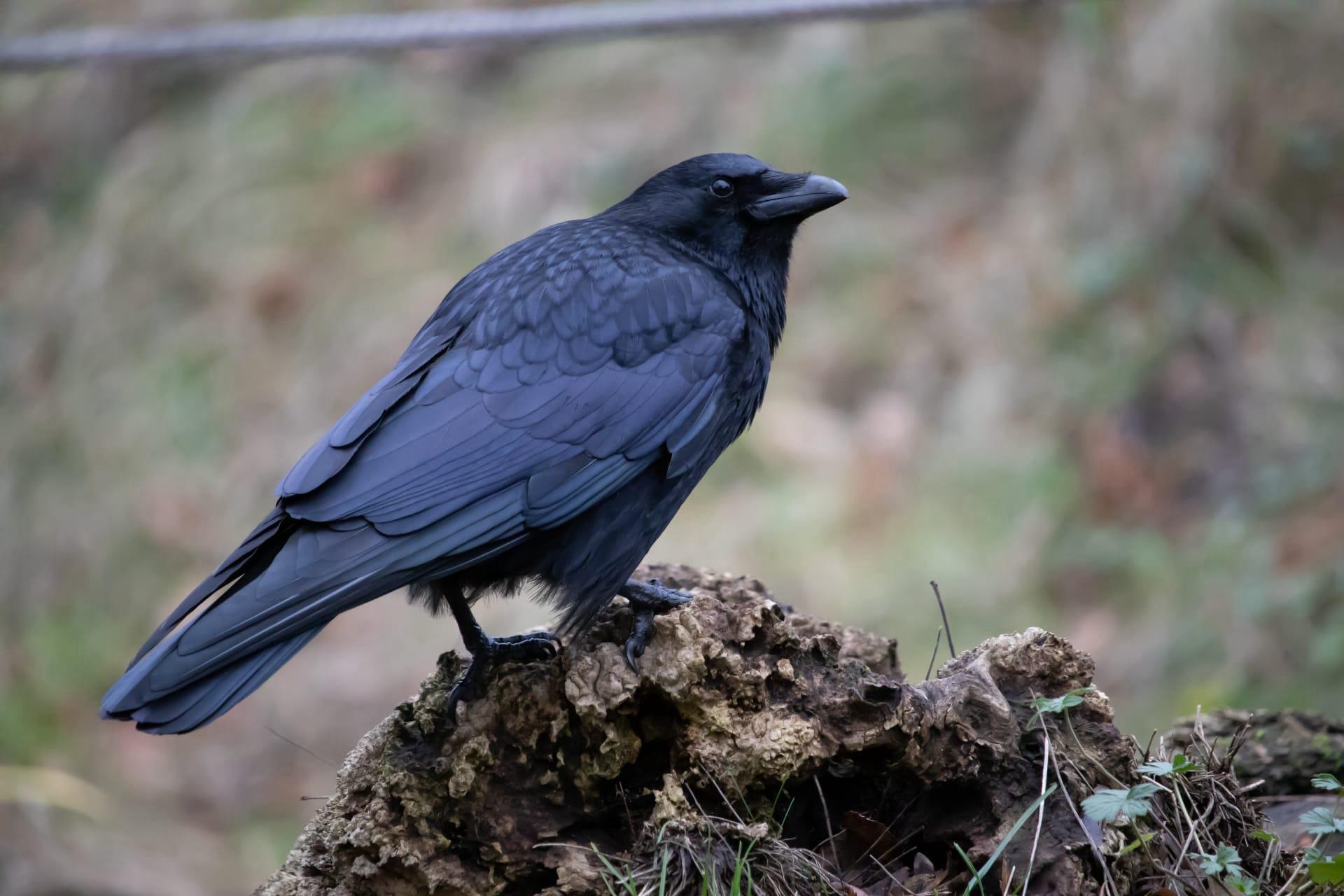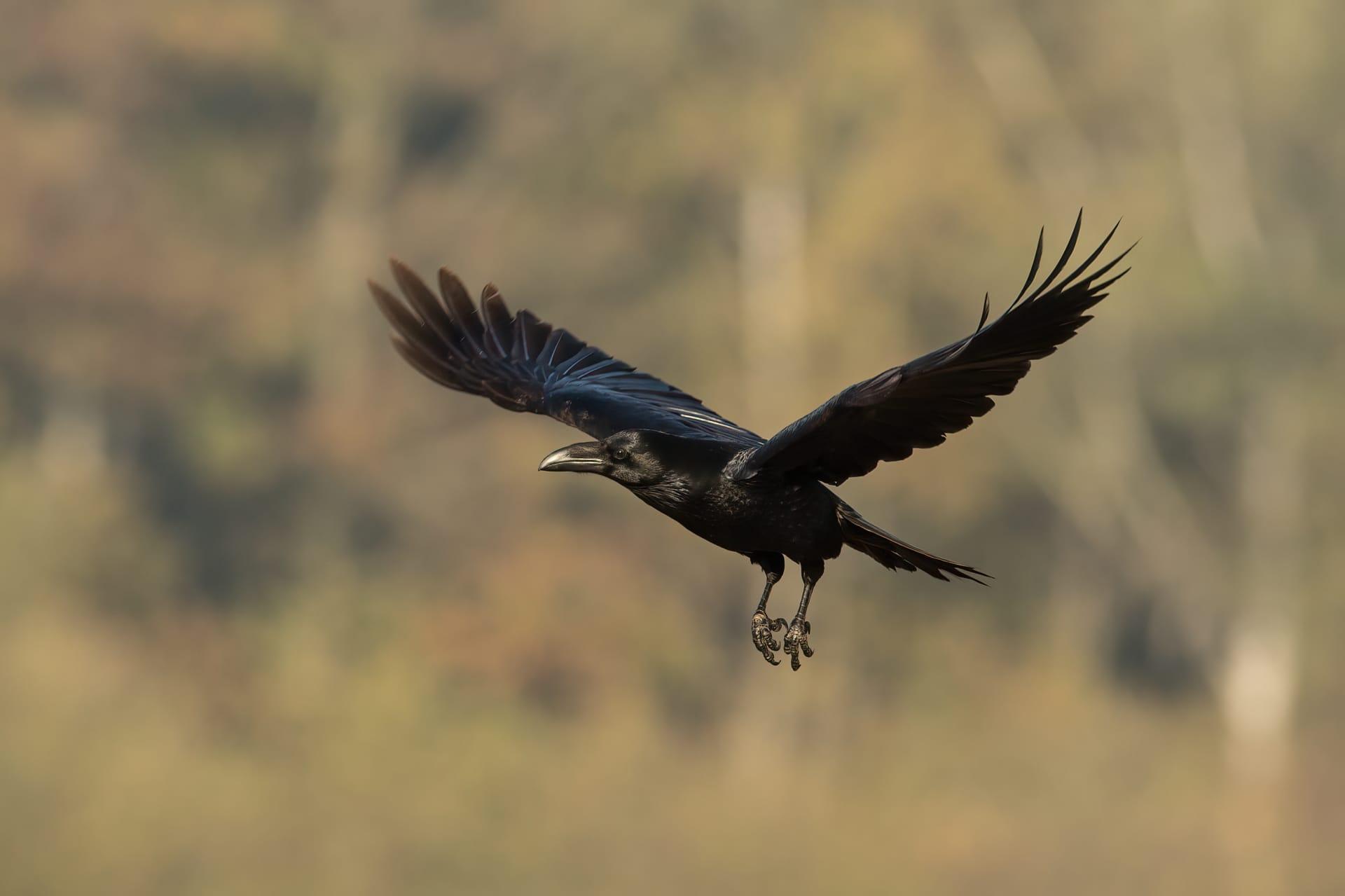Raven
- Home /
- Mini Encyclopedia /
- Animal /
- Raven
1
Ravens, scientifically known as Corvus corax, are part of the Corvidae family, which also includes crows, jays, and magpies. This classification places them in the order Passeriformes, commonly referred to as perching birds or songbirds. Ravens are distinguished by their large size, with some individuals reaching over two feet in length and a wingspan of up to four feet. They are predominantly black, with glossy feathers often showing iridescent colors in sunlight. Their heavy beak and throaty, croaking call are also distinctive features.
Ravens are incredibly adaptable birds, found in a variety of habitats across the Northern Hemisphere. They thrive in diverse environments, from Arctic tundra to desert landscapes. In North America, ravens are widespread, especially in the western states and Canada. Their presence in Europe is robust, particularly in the northern and western regions, including the British Isles and Scandinavia. In Asia, ravens inhabit vast areas, extending from the Middle East to the Pacific coast of Russia. Their adaptability to different environments, including urban areas, is a testament to their remarkable survival skills.

2
Question: Do ravens bring bad luck or are symbols of death?
Answer: This common misconception stems from various cultural myths and depictions in literature and media. In reality, ravens are highly intelligent birds with no supernatural connections. They display remarkable problem-solving skills and can mimic sounds, including human speech. Historically, their association with death may have arisen because they are often seen scavenging around battlefields or cemeteries, which is purely a survival strategy, not an ominous sign. Ravens, in fact, play a significant role in many ecosystems as scavengers, helping to clean up and recycle dead material.

3
Ravens have developed a range of survival strategies that showcase their intelligence and adaptability. One of their key strategies is their varied diet. They are omnivores and opportunistic feeders, consuming anything from insects and small animals to fruit and carrion. This flexibility allows them to thrive in diverse environments. Another survival tactic is their use of tools. Ravens have been observed using sticks to extract insects from bark and dropping hard-shelled nuts onto roads for cars to crack.
Social behavior is another crucial survival strategy for ravens. They are known to form complex social structures and communicate with a variety of sounds and gestures. Ravens often work in pairs or groups to find food and protect against predators, demonstrating advanced cooperative behavior. This social intelligence is a key factor in their survival across various habitats.

4
In ecosystems, ravens play multiple roles that underline their importance. As scavengers, they help in cleaning up the environment by consuming carrion and waste. This not only prevents the spread of disease but also recycles nutrients back into the ecosystem. Ravens are also prey for larger birds of prey, like eagles and hawks, playing a role in the food chain.
Ravens impact other species through their intelligent, sometimes manipulative behavior. For example, they have been known to trick other animals, like wolves or foxes, into opening tough food containers that they then share. They also contribute to seed dispersal through their consumption of fruit, aiding in plant regeneration and biodiversity. Their presence can indicate the health of an ecosystem, as they thrive in balanced, diverse environments.

5
Film: "The Raven: Shadow and Light" is a recent documentary from the United States, released in 2021. This film explores the complex behavior and intelligence of ravens, showcasing their ability to solve problems and adapt to different environments. The documentary also delves into the cultural significance of ravens, addressing various myths and perceptions about these birds.
Book: "Mind of the Raven: Investigations and Adventures with Wolf-Birds," authored by Bernd Heinrich, is an American publication from 1999. Heinrich, a biologist, provides a detailed and intimate look into the lives of ravens, drawing from his extensive field research. The book explores their social structures, problem-solving abilities, and the deep bond he forms with these intriguing birds.
Book: "Ravens in Winter," another work by Bernd Heinrich, published in the United States in 1989, offers a groundbreaking study of raven behavior during the winter months. This book is a result of years of meticulous observation and experiments in the wild, providing insights into the complex social dynamics, communication, and survival strategies of ravens in harsh winter conditions.